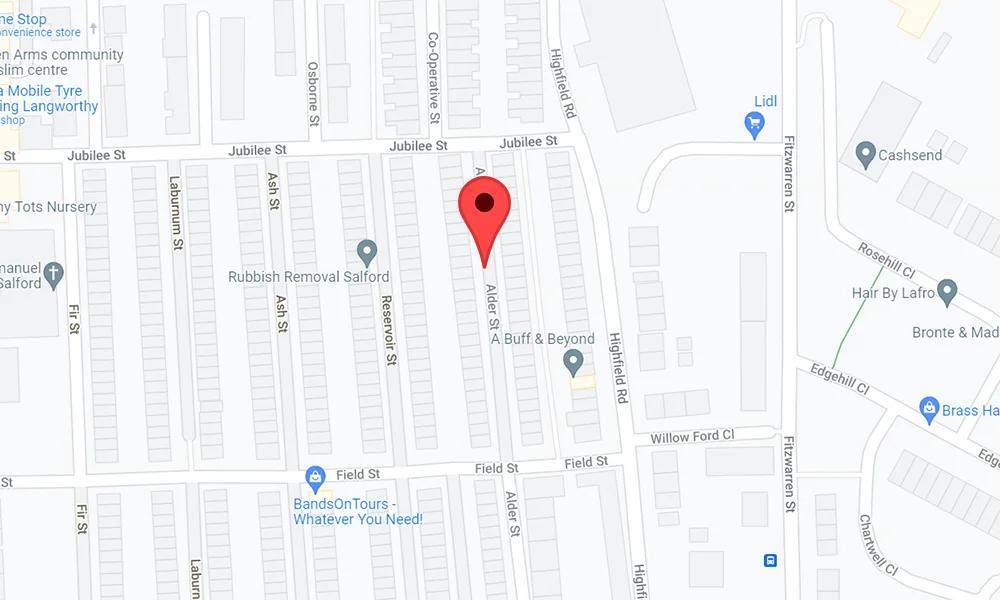Slow eating, which involves chewing food slowly and thoroughly, is an effective strategy for controlling appetite in order to avoid being overweight or obese. Slow eating also has the effect of increasing postprandial energy expenditure (diet-induced thermogenesis). To investigate the effects of oral stimuli on diet-induced thermogenesis in 11 healthy normal weight males, researchers conducted a randomized crossover study comprising three trials: (1) drinking liquid food normally, (2) drinking liquid food after tasting, and (3) adding chewing while tasting. Oral stimuli (i.e., the duration of tasting liquid food in the mouth and the duration of chewing) significantly increased diet-induced thermogenesis after drinking liquid food. This result demonstrates that the increase in diet-induced thermogenesis is due to oral stimuli rather than the influence of the food bolus. Increased diet-induced thermogenesis induced by chewing and taste stimuli may help to prevent overweight and obesity.
Chewing well play a positive role in increasing energy expenditure after food intake
Chewing well helps in digestion. Chewing is also known to help prevent obesity, possibly by increasing the thermic effect of food consumption. A new study has revealed that oral stimuli, which are linked with the duration of tasting liquid food in the mouth, and the duration of chewing, play a positive role in increasing energy expenditure after food intake.
That chewing food well makes a healthy eating habit is age-old wisdom. Slow eating and thorough chewing help prevent obesity and weight gain -- a view popularized a century back and tested afterward in sporadic scientific studies. Typically, the chewing process reportedly enhances the energy expenditure associated with the metabolism of food and increases intestinal motility -- all summing up to an increased heat generation in the body after food intake, known as diet-induced thermogenesis (DIT).
Diet-induced thermogenesis is a factor known to prevent weight gain
Diet-induced thermogenesis (DIT), also known as the thermic effect of food consumption, increases energy expenditure above the basal fasting level -- a factor known to prevent weight gain. Researchers found that slow eating and thorough chewing not only increased DIT but also enhanced blood circulation in the splanchnic region of the abdomen.
In a control trial, researchers asked the volunteers to swallow 20-mL liquid test food normally every 30 seconds. In the second trial, the volunteers kept the same test food in their mouth for 30 seconds without chewing, thereby allowing prolonged tasting before swallowing. Lastly, in the third trial they studied the effect of both chewing and tasting; the volunteers chewed the 20-mL test food for 30 seconds at a frequency of once per second and then swallowed it. The variables such as hunger and fullness, gas-exchange variables, DIT, and splanchnic circulation were duly measured before and after the test-drink consumption.
The results of this well-designed study turned up to be quite insightful. There was no difference in hunger and fullness scores among the trials. However, researchers found DIT or energy production increased after consuming a meal, and it increased with the duration of each taste stimulation and the duration of chewing. This means irrespective of the influence of the food bolus, oral stimuli, corresponding to the duration of tasting food in the mouth and the duration of chewing, increased DIT. Gas exchange and protein oxidation too increased with the duration of taste stimulation and chewing, and so did blood flow in the splanchnic celiac artery. As this artery supplies blood to the digestive organs, the motility of the upper gastrointestinal tract also increased responding to oral stimuli during chewing.
The study highlighted that chewing well, by increasing energy expenditure, can indeed help prevent obesity and metabolic syndrome. While the difference in energy expenditure per meal is small, the cumulative effect gathered during multiple meals, taken over every day and 365 days a year, is substantial.
Slow eating and thorough chewing could be the latest recommendations for integration into our weight management efforts.
Karimi, H.
Master of clinical Nutrition & Dietetics
Reference
- Hamada Y, Hayashi N. Chewing increases postprandial diet-induced thermogenesis. Scientific Reports. 2021.

